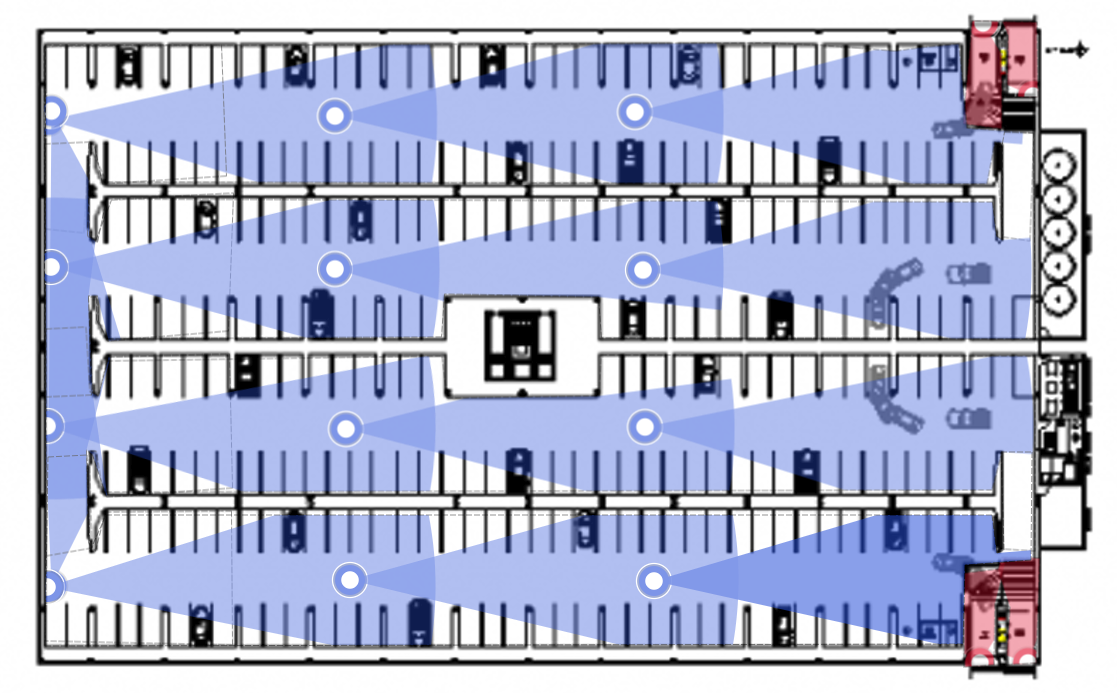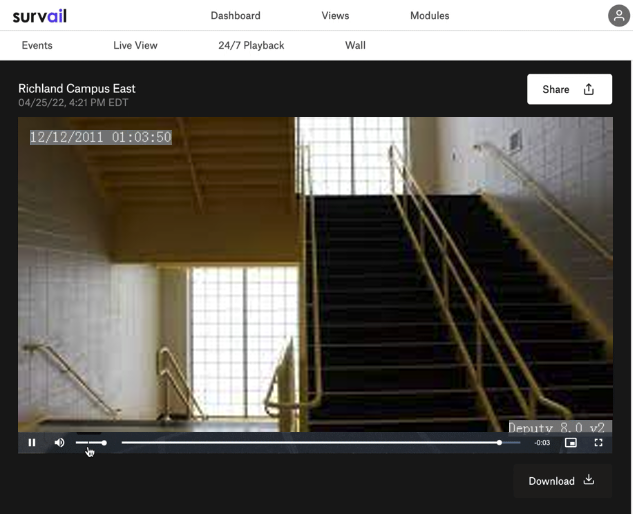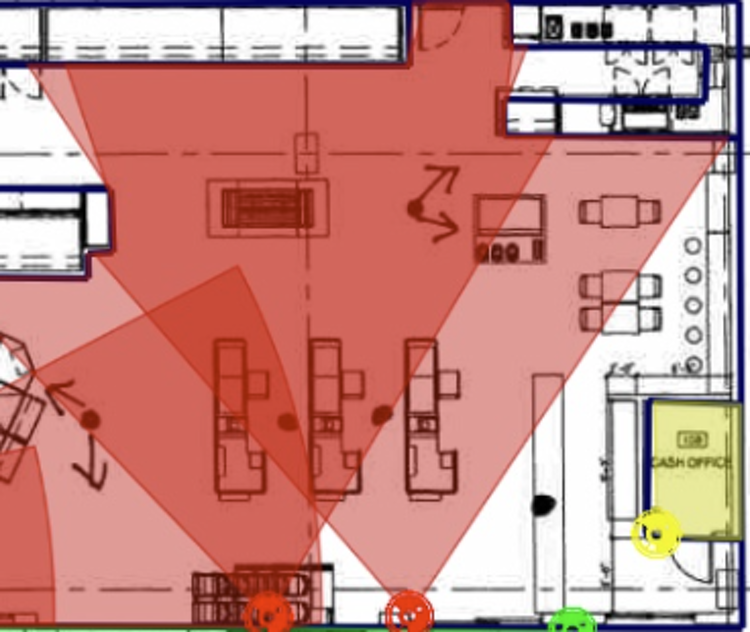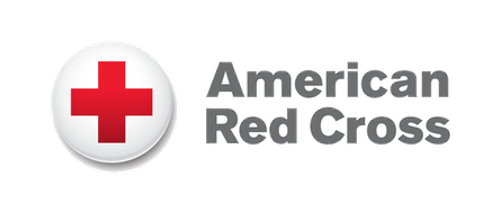
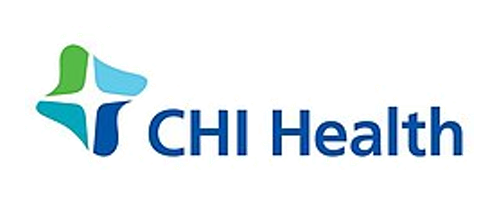
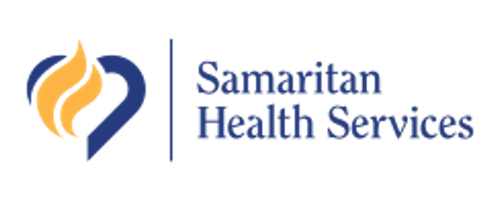
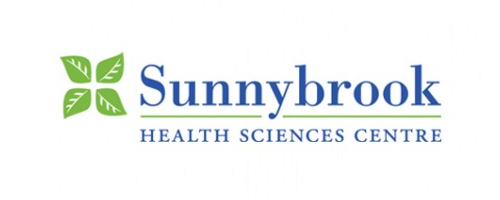
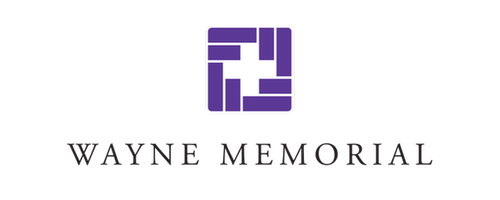
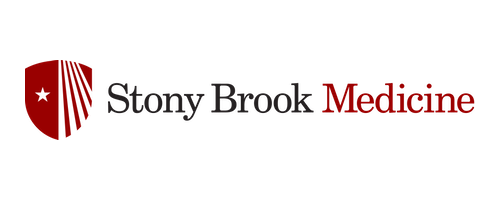
Healthcare Facility Security Challenges:
Healthcare workers are one of the most likely employees to experience violence in the workplace. In addition to protecting employees, you also need to keep patients safe, prescriptions secure, and expensive medical equipment from walking away - and you need to do all this, while making sure that HIPAA compliance is being maintained. You need to keep controlled substances and patient medical records (including those that might be inadvertently recorded by security devices) safe, secure, private. Don't worry, we're up to the challenge.
Healthcare Facilities Operational Challenges:
A Healthcare facility is a complex operational environment and surveillance video isn't the only thing that needs to be seen at a glance. Your staff don't just need to see surveillance video but also key sensor data to make sure that medications and equipment is working correctly and queue management monitoring to make sure needs are being met.
Don't worry, we've got you covered. If it can be displayed on a computer screen or digital television, we can record it and display it on your viewing stations.
(A WaitWell queue management software is shown in the top right of this image, while another Swift Sensor temerature integration for refrigeration and server room is shown on the bottom left, but we can do this for any application interface).

Key Benefits for SCW Healthcare Clients
Reduce Liability Risk of Parking Areas
The FBI recently published a report on violence against hospital and healthcare workers that showed that parking lots / garages are the single riskiest location. Failing to address this risk often creates liability risk for healthcare providers. source
Protect Employees and Patients
In the last 3 years, violence towards healthcare workers has dramatically increased. Protect your staff and patients by controlling access and setting up live monitoring video stations.
Limit and Track Access to Medicines
Easy to use and touch-free mobile access for all medical storage areas enable you to allows access to regulated medicines on a per-employee basis and gives you an audit trail for tracking. learn more
Improve Patient Care
Use live monitoring to gain observation into patient status and behaviors that can help improve the quality of care.
Easily Share with First Responders
Never before has a surveillance brand made sharing of video in an emergency a priority. It is easy to get first responders incident information in real time. more info
Keep Track of Incident Reports
Solve your evidence tracking and chain of custody problems by utilizing survail vault cloud storage and incident reporting tools. learn more
Protect Patient Privacy
Prevent recording patient health information (PHI) by utilizing privacy masks, limiting access to areas where medical records are stored, and role-based permissions on viewing footage.
Improve Network Cyber Security
Our cloud based platforms increase your cyber security posture and make your security systems easier to manage.
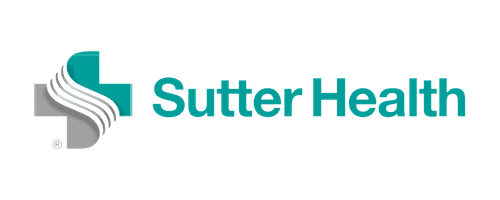

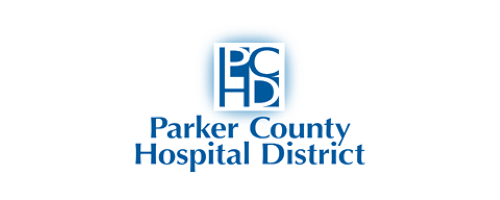
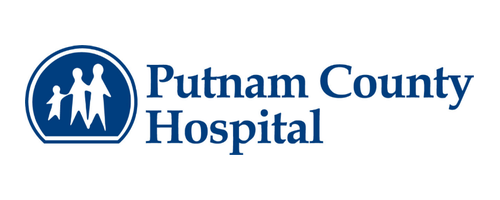
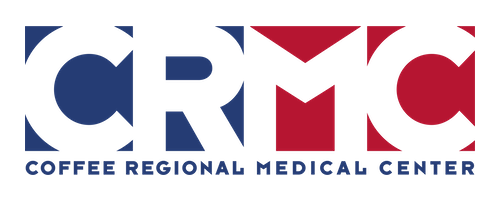
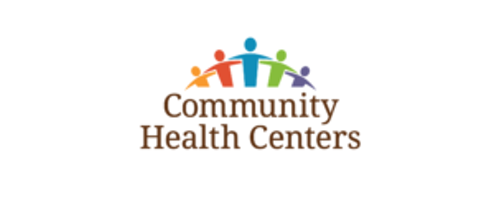
Layered Security
Good security has multiple layers that solve different and usually escalating needs. Different incidents have different levels of risk and more severe threats should trigger multiple systems.
Liability Risk Reduction and Employee Harm Prevention in Parking Lots
- In any given city, the second most dangerous place to be is in a hospital parking lot. (Only police station parking lots are less safe than hospital parking).
- It is imperative to protect your patients and employees in parking areas, not only as a matter of life safety but also as a means to maintain the financial solvency of the healthcare provider.
- Many courts have ruled that because the risks are so elevated, that hospitals and other healthcare providers have an obligation to secure their parking areas with cameras and sufficient lighting or face major liability risk.
- Cameras strategically placed in stairways to help prevent and alert your security teams to loitering, smoking, vaping, stalking, and acts of violence.
- The blue zones indicate the views of strategically placed varifocal lens zoomed in cameras
- The red zones indicate the views of strategically placed fixed lens wide angle cameras in stairwells.
HIPAA and Pharmacological and Medical Storage Access Rules
- HIPAA does not mandate much in terms of security cameras (there's an implied case that you need them), but it does require proper access control.
- One of the requirements of HIPAA is to restrict access to places where medical records are located or where PHI could be seen.
- Additionally, national medication security procedures require that all drugs are secure from the public and only allow appropriate access by authorized personnel.
- These same items on your main points of entry and egress allow you to securely lock down your facility when your campus is closed (if it closes) or if it is lockdown when there's a security event, such as a live shooter.
- The example image shows a medication storage room, but you would want to do the same things for your server closet or other spaces where digital health records are stored.
- The blue zones indicate the views of strategically places fixed lens wide angle cameras. This camera provides the visual confirmation that the user of the access control system has not be coerced into letting another person in, that the credentials used match the identity of the person, that no additional people have "tailgated" into the area, and that nothing improper is taking place (such as theft of medications or copying of PHI records).
- Electronic door locks and bluetooth readers allow you to control access to sensitive areas containing medical supplies, electronic or printed records, security operations centers, or networking equipment.
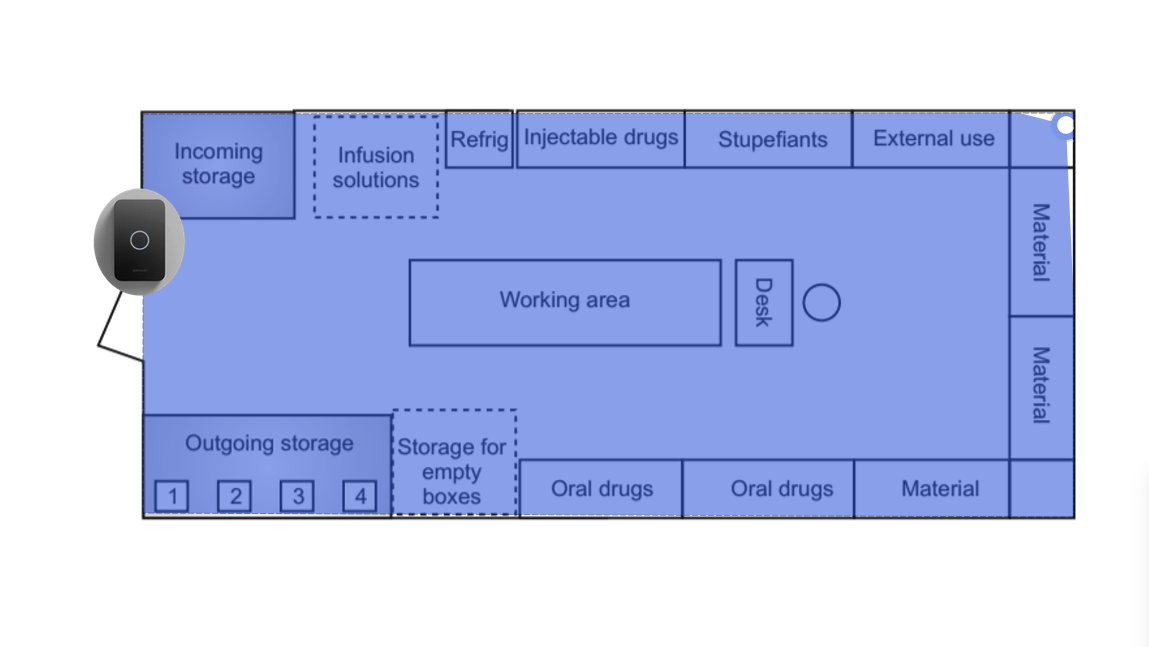
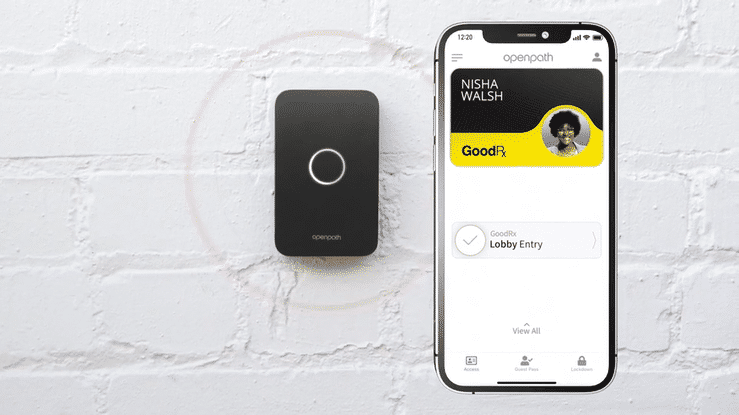
Unauthorized Access
- One of the requirements of HIPAA is to restrict access to places where medical records are located.
- National medication security procedures require that all drugs are secure from the public and only allow appropriate access by authorized personnel.
- Electronic door locks and bluetooth readers allow you to control access to sensitive areas containing medical supplies, electronic or printed records, security operations centers, or networking equipment.
- These same items on your main points of entry and egress allow you to securely lock down your facility during the times when your campus is closed.
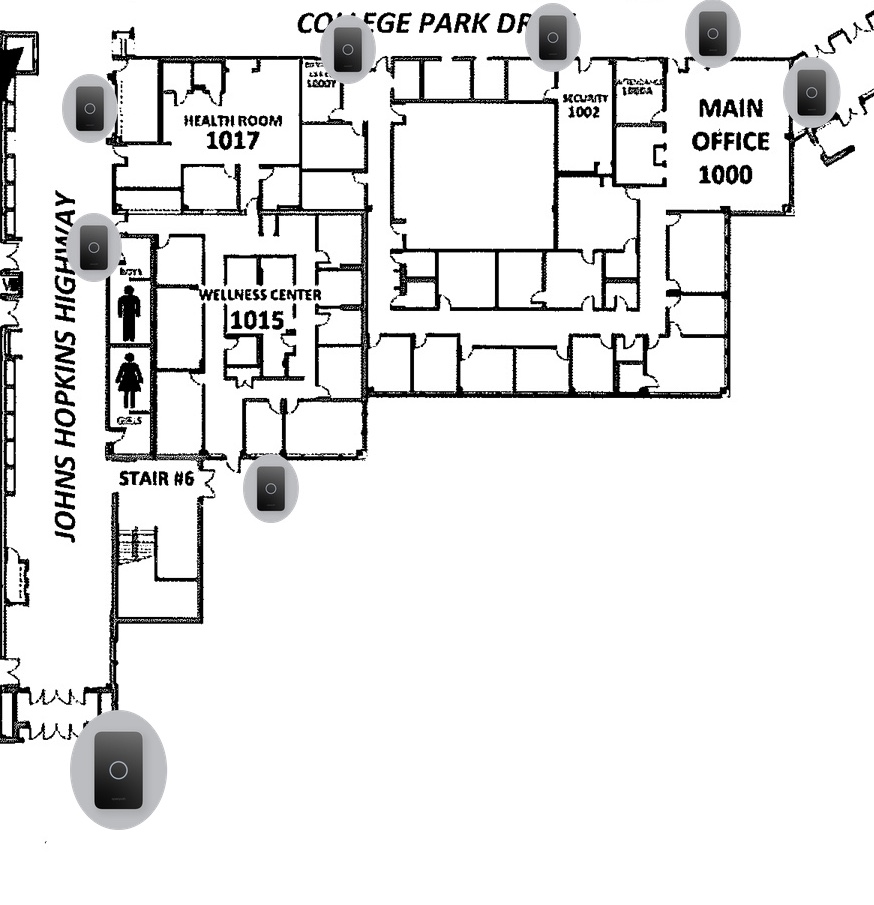

Safety Checkpoints and Hallway Monitoring
- Healthcare workers are one of the most likely employees to experience violence in the workplace. One in five nurses report being the victim of violence. Nearly half of all ER doctors report being assaulted last year. Most medics and other emergency healthcare workers report more than one incident of violence per year.
- Cameras in a hallway and intercom access control reader pairs can help prevent hostile, lost, or unauthorized visitors from causing further damage.
- The blue zones indicate the views of strategically places fixed lens wide angle cameras.
- Electronic door locks and bluetooth intercom readers allow you to individually control access to each section of the hospital.
- Viewing stations allow nurse or receptionists to view only the cameras that view hallways / safety checkpoints on a need to know basis. Only allowing the user to view cameras in their area.
- Openpath bluetooth intercom readers allow your authorized staff members to enter controlled spaces via bluetooth and visitors to request entry via the intercom.
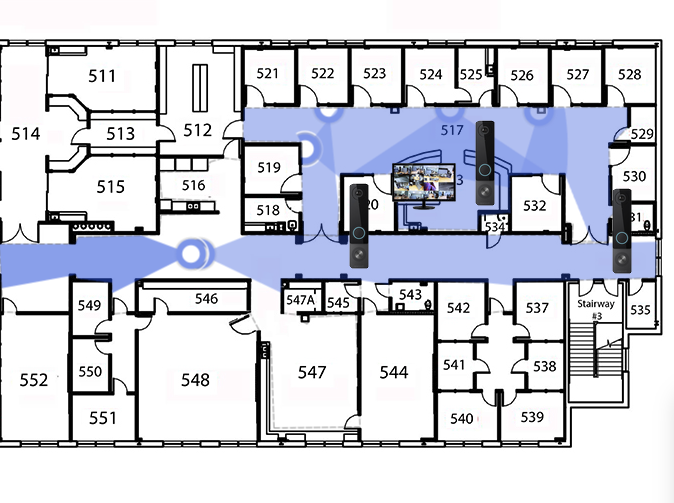
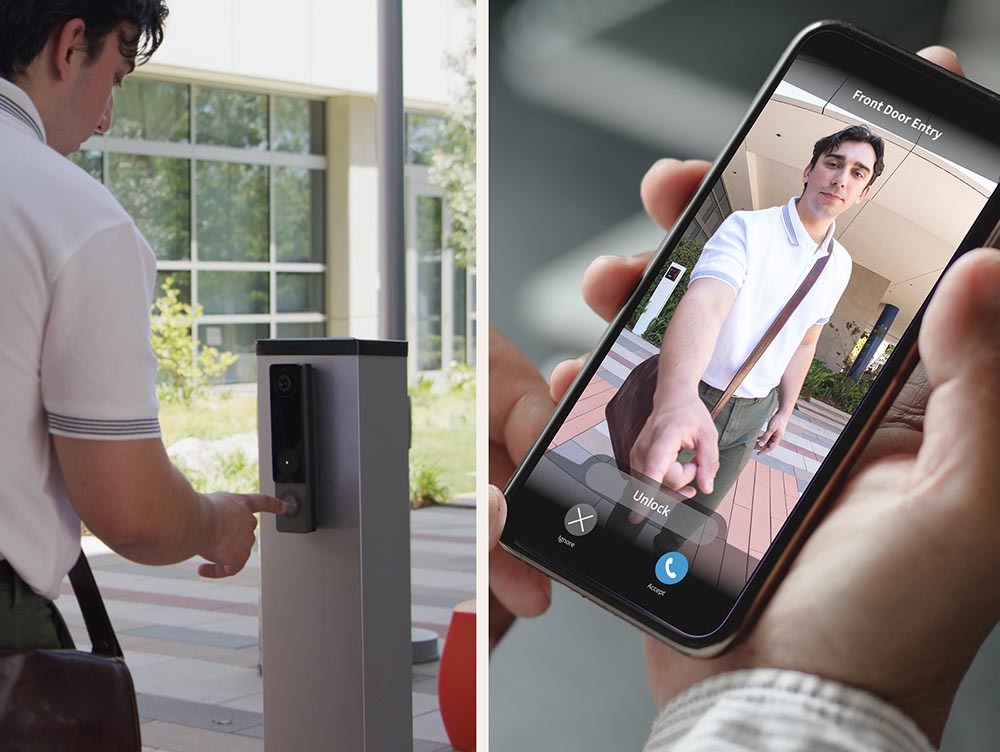
In Case of Emergency: Lockdown
- Administrators can remotely lock down their institution in a variety of emergencies, including active shooter, natural disasters, and hostile visitor situations.
- Lockdown plans can be initiated or reverted at any time from anywhere by administrators
- There’s no limit to how many lockdown plans can be instituted.
- Different scenarios dictate different lockdown procedures and are able to be customized. For example, a lockdown plan for a suspicious package might only locks down entries near the delivery door/area. Active shooter plans usually lock down all doors to keep assailants from moving about freely while also opening all main entrances to allow first responders to enter. Natural disaster or fire emergency plans may require opening all doors.
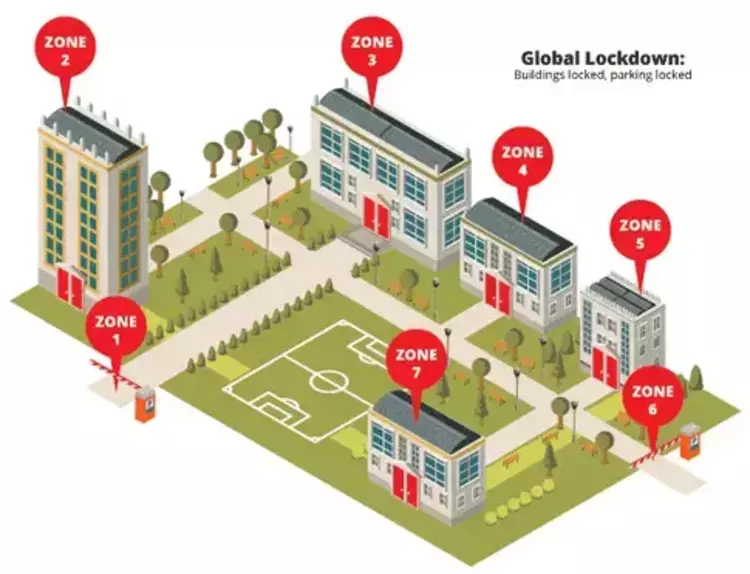

Patient Care
- Use live monitoring or review footage to gain observation into patient status and behaviors that can help improve the quality of care.
- Cameras in a hallway can help alert hospitals or long-term care facilities to wandering patients and then help locate them, especially in facilities that may serve small children, those with dementia, or Alzheimer's.
- Cameras in a waiting room can be viewed, at the receptionist's or nurse's station, to discover escalating medical needs, such as fainting, collapsing, or coughing up blood.
- Normally, rooms where patient are diagnosed, treated, or recovering do not have cameras, as to help protect patient privacy and reduce the regulatory burden caused by recording PHI. However, there are some notable exceptions.
- Example 1: high risk patients often will have rooms with cameras, so that the nurse monitoring station can visually confirm sensor data.
- Example 2: For facilities that treat patients with mental health or substance abuse issues, sometimes cameras are deployed in sleeping areas.
- Example 3: Although, patient changing rooms, examination rooms, and operating rooms are typically off-limits, there are life safety exceptions, such as risk of self harm in psychiatric wards.
- Some providers choose not to permanently record cameras designed to improve patient care, opting to only allow the live feed of these cameras.
- It is best practice to notify patients of where they will be recorded.
- The blue zones indicate the views of strategically places varifocal lens, longer range, ceiling mounted dome cameras.
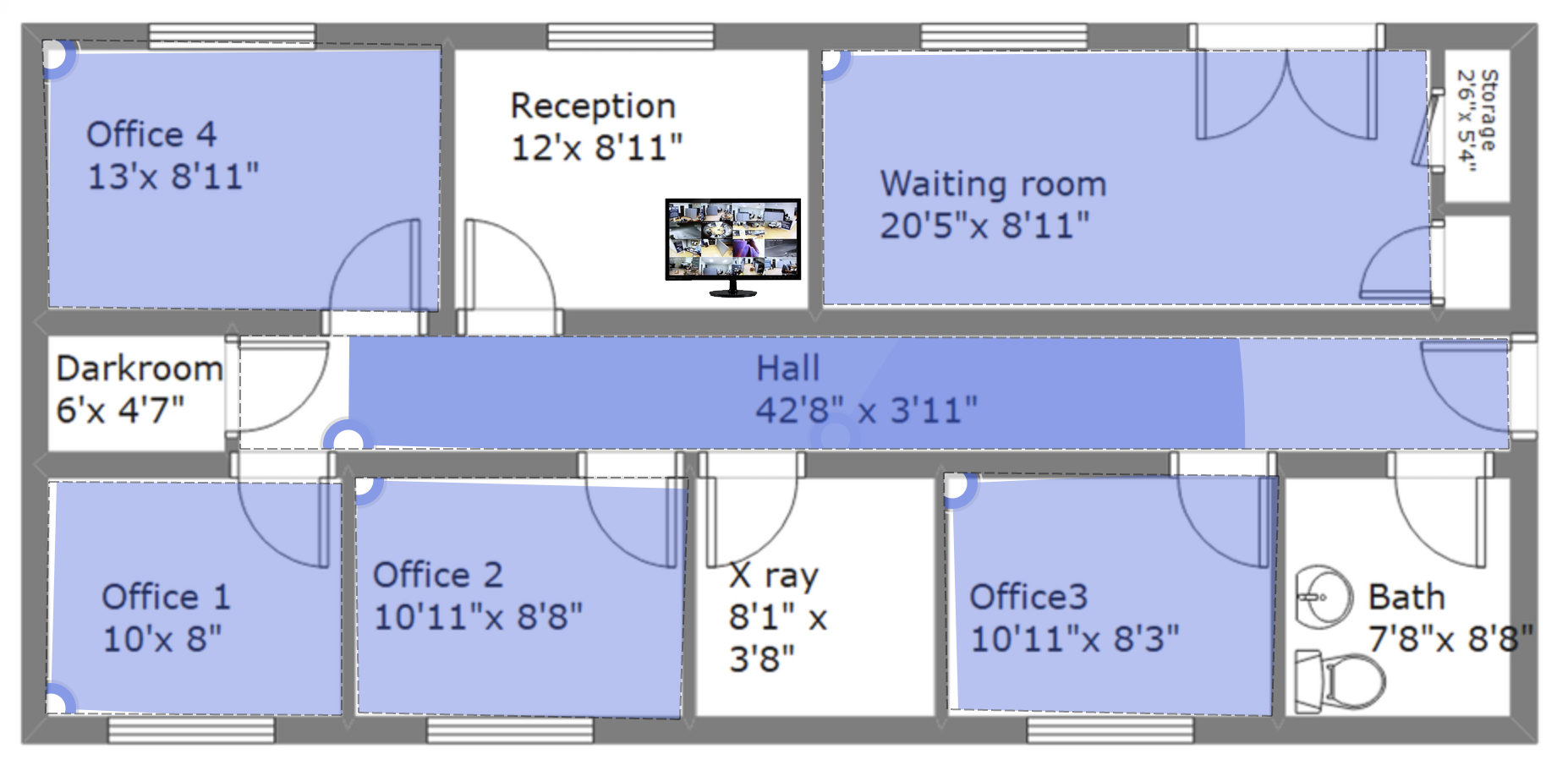
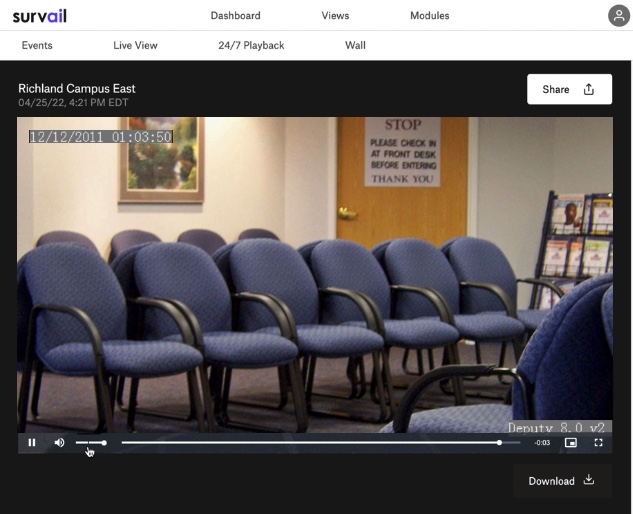
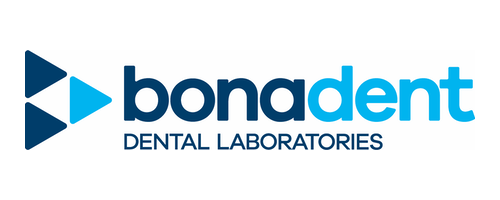
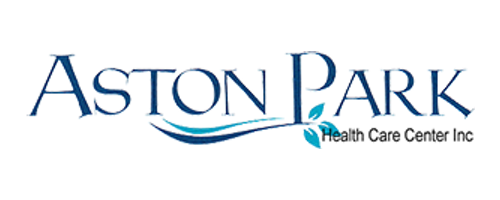
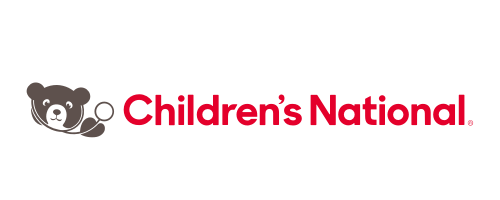
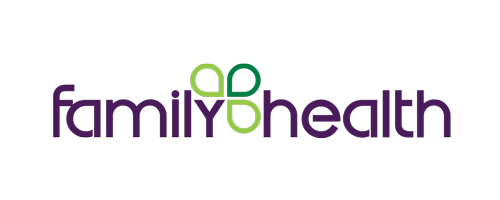
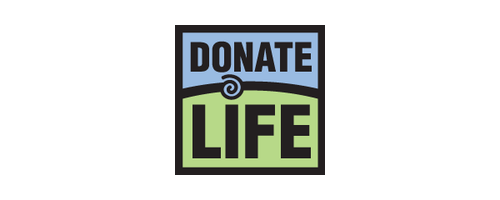
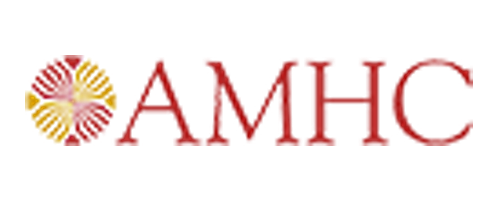
Hardware and Software Solutions
These are the tools that you want to implement to secure your healthcare facility.
Services
Many healthcare providers choose to layer on additional services to help with maintenance and operations.



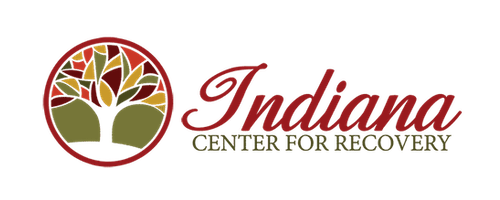
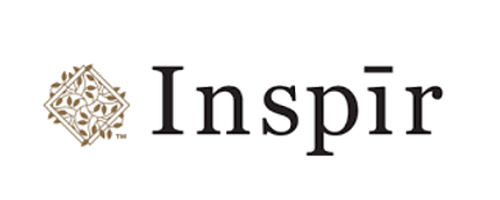
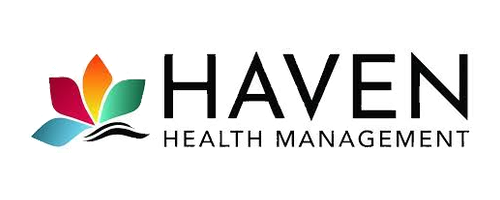
Resources for Healthcare
Healthcare security is a challenge -- from safety compliance, to regulations about material storage, to
SCW makes it possible to bring all the moving parts together to run a well-oiled machine.
Here are some case studies, guides, and videos that help you make the right choice.
Get in TouchCase Study #1
Coming Soon.
Coverage Map
Need inspiration? Check our this Sample Security Camera System Coverage Map for a healthcare facility.
Guide: NDAA
All SCW camera are compliant with the National Defense Authorization Act. In this NDAA guide, we talk about what the NDAA regulations mean to the security industry.
Video: Success Story
Coming Soon.
Video: Roundtable Discussion
In this episode of "In the Trenches: Roundtable," we discuss mounting security cameras to ceilings.
Video: Roundtable Discussion
In this episode of "In the Trenches: Roundtable," we discuss the unique installation challenges for a multi-floor security camera systems and what to know about multi-story building security.
Video: Roundtable Discussion
In this episode of "In the Trenches: Roundtable," we discuss the unique installation challenges for multi-location institution security.
Video: Roundtable Discussion
In this episode of "In the Trenches: Roundtable," we discuss Patrols, Presets, Auto-Tracking, and Other PTZ Functions.
Video: Roundtable Discussion
In this episode of "In the Trenches: Roundtable," we discuss RAID for security camera systems.
Choose SCW
We have the history and expertise your company needs.
For Your IT Team
- Openpath Access Control System is a simple retrofit installation that is easily programmable and maintenance-free.
- SCW cameras are a single cable plug-and-play item that can stretch up tp 750 feet in you combine them with one of our extended transmission POE Switches.
- Both the Survail and Openpath Platforms include free and ongoing training and support. You don't have to do this.
- The Survail Platforms include one-on-one onboarding of devices, networks, and users, before we even ship it to you. There's no complicated setup process.
- The Survail Platform has integrated VLANs and VPNs which reduce network complexity and reduce the IT time spent on device management and securing remote access, when compared to on-premises NVR-based systems.
- The Survail and Openpath platforms Increase your company’s cybersecurity posture and decrease your cyber threat footprint, when compared to non-cloud, on-premesis systems.
- Every camera on one manufacturer-agnostic platform makes employee training infinitely simpler. The UI is so easy to use that other teams don't have to bother IT with every footage request.
- The ready availability of our on-call technical experts means total support for the life of your new system.

For Chief Security Officers
- Both the Survail and Openpath Platforms include free and ongoing training and support.
- Imagine no more need to stare at a screen of security cameras all day! Every camera in your system--without limit--is being analyzed to identify what matters to you most.
- SCW AI-powered analytics software does all the watching for you. The AI-Powered Analytics distinguish individuals and vehicles in an evolving, learning process.
- In less than a second, recognize a potential threat incident and notify pre-selected personnel and first responders by text message, email alert, or automatic phone call.
- All notifications are in real-time. No more valuable minutes are lost. Immediate alerts profoundly alter outcomes.
- Every camera can filter by person, vehicle, camera, date, or time, which means no more endless searching for pertinent footage.
- The AI-Analytics proactively eliminate false positive events and reduce your huge number of current email alerts.

For Healthcare Administrators
- The secure cloud-based Survail and Openpath platforms offer a lower total-cost-of-ownership by removing the requirements that your IT team worry about enabling and securing remote access to your on-premises hardware and network.
- SCW offers the benefits you want - a system that keeps your educational facility secure without further involvement on from administrators or constant budget expansions.
- Our professional-grade equipment is rugged and performance-driven. Our sophisticated technology is both simple to install and maintain.
- Each component comes with 3 to 5 year warranties and is backed by the support of our US-based technical staff for the lifetime of your security system.
- Our AI-Powered Analytics and easy to use reporting and retention tools mean that you won't have to hire additional staff to manage your system.

With A Modern
Surveillance Ecosystem
For Your
Healthcare Facility
Invest In The Best
SCW can protect your operation and workforce with money-saving time and benefits. And your IT and Security teams will love our US-based technical support. It comes FREE. Forever. World-class customer service and technical support are central to providing you with the best security available, anywhere.

